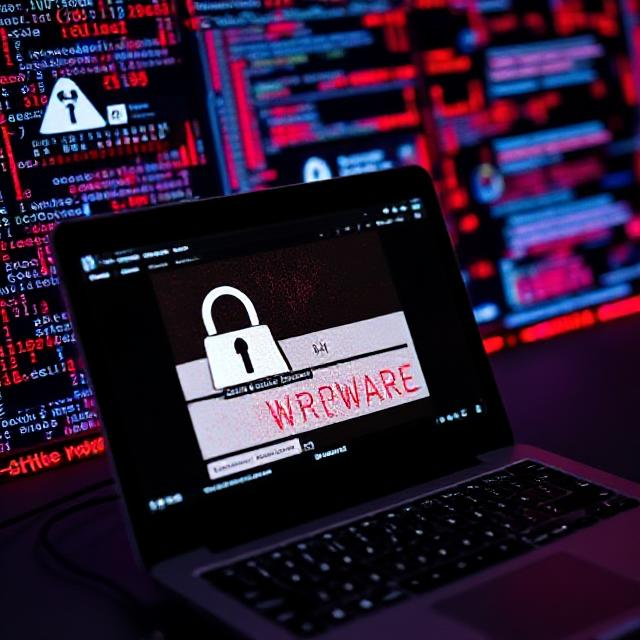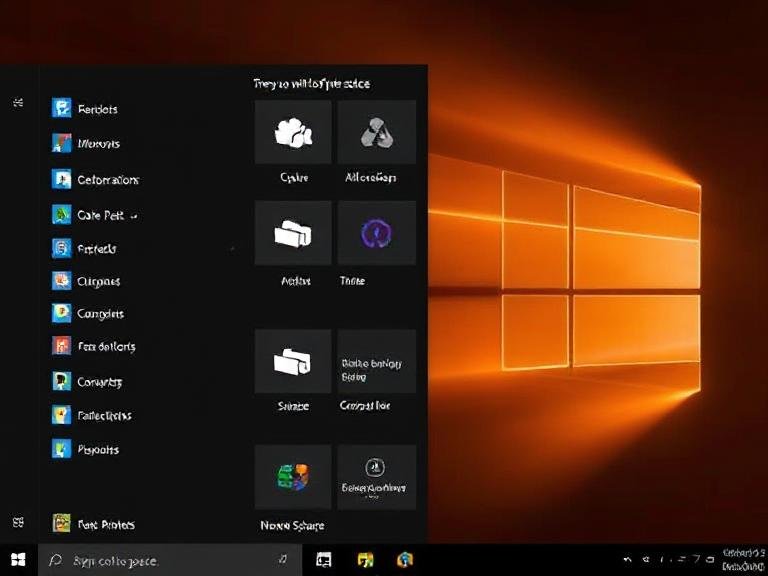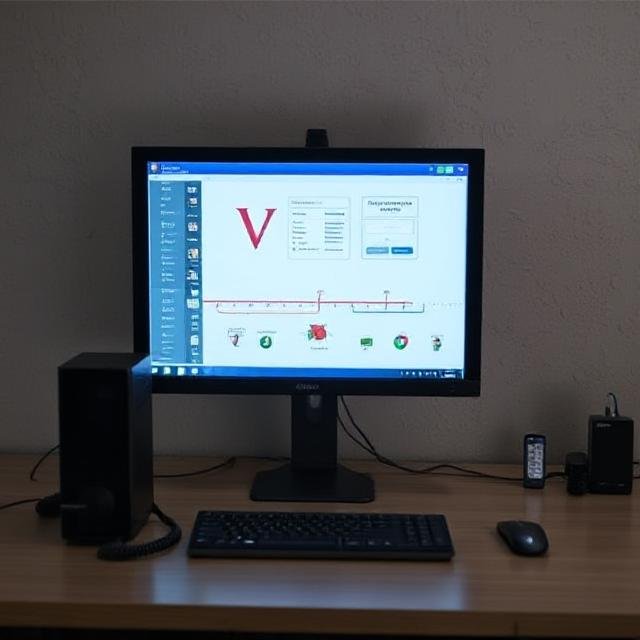How to Detect Sneaky Malware Lurking on Your Devices

How to Detect Sneaky Malware Lurking on Your Devices
What is Malware?
The term “malware” is short for “malicious software,” and it refers to any program or code designed to harm your device, steal your data, or cause other disruptions. Malware is typically created by hackers or cybercriminals with the intent to exploit vulnerabilities for their own gain—or just to cause chaos.
There are many forms of malware, each with its own sneaky tactics and destructive potential. Here’s a breakdown of some of the most common types:
1. Viruses
Just like real-life viruses, these malicious programs spread from one device to another, often without you even realizing it. Once activated, they can:
- Delete or corrupt your files.
- Slow down your computer’s performance.
- Cause widespread damage across networks.
Viruses are notorious for hitching a ride on infected files or downloads, making them a persistent threat.
2. Trojans
Named after the legendary Trojan Horse, these programs disguise themselves as legitimate software to trick you into installing them. But once inside your system, Trojans reveal their true intentions:
- They can steal sensitive information, like passwords or credit card details.
- Some Trojans create backdoors, allowing hackers to access your device remotely.
Unlike viruses, Trojans don’t replicate themselves—they rely on you unknowingly inviting them in.
3. Ransomware
This type of malware is particularly nasty because it holds your data hostage. Here’s how it works:
- Ransomware encrypts your files, making them inaccessible.
- It then demands payment—often in cryptocurrency—in exchange for restoring your data.
Even if you pay the ransom, there’s no guarantee that your files will be returned. Ransomware attacks have targeted everyone from individuals to large organizations, causing significant financial and emotional damage.
How Does Malware End Up on Your Device?
Malware can sneak its way onto your device through various sneaky methods. Here are some of the most common ways it happens:
1. Downloading Infected Files
One wrong click is all it takes—downloading files from untrustworthy sources can introduce malware to your device. Always double-check the files you download and ensure they’re from reliable websites or senders.
2. Visiting Unsafe Websites
Some websites are designed to harm your device the moment you visit them. These malicious sites may automatically install malware in the background without you even realizing it. Stick to trusted websites and avoid clicking on suspicious links.
3. Opening Suspicious Emails
Hackers often disguise malware as innocent-looking email attachments or links. If you receive an email from an unknown sender or something that seems “off,” think twice before opening it. Even emails that appear to come from familiar contacts could be fake, so stay cautious.
What Are the Signs of Hidden Malware?
Malware can be sneaky, but it often leaves behind clues that something isn’t right. Keep an eye out for these common warning signs:
1. Your Device is Sluggish
If your device suddenly starts running slower than usual—whether it’s freezing, crashing, or taking forever to load apps—it could be a sign that malware is hogging your system’s resources.
2. A Surge in Suspicious Pop-ups
Annoying pop-up ads that appear out of nowhere, especially when you’re not even browsing the web, are a red flag. These intrusive ads are often a sign that adware or other types of malware have infected your device.
3. Battery Drains Faster Than Usual
Notice your battery dying much faster than it used to? Malware running in the background can drain your device’s power, leaving you scrambling for a charger more often than normal.
4. Unexplained Spikes in Data Usage
If you notice your internet connection slowing down or your data usage skyrocketing without a clear reason, malware might be to blame. Some malicious programs use your internet connection to send or receive data without your knowledge.
How Can You Check for Malware on Your Device?
If you suspect malware might be lurking on your device, don’t worry—there are several steps you can take to investigate and clean it up. Here’s how to get started:
1. Run a Scan with Antivirus Software
Antivirus tools are your first line of defense against malware. Use a trusted antivirus program to thoroughly scan your device. These tools can detect and remove malicious software, helping to restore your system’s health.
2. Review Installed Apps
Take a close look at the apps or programs installed on your device. If you spot anything unfamiliar—or apps you don’t remember downloading—it’s a good idea to uninstall them immediately. These could be sneaky malware disguised as legitimate software.
3. Investigate Task Manager (For Computers)
On a computer, open the Task Manager (or Activity Monitor on Mac) and check for unusual activity. Look for processes or programs that are using an unusually high amount of resources, or those with strange or suspicious names. These could be signs of hidden malware running in the background.
4. Inspect Browser Extensions
Malware often hides in browser extensions without your knowledge. Go through your browser’s extension list and remove any that you don’t recognize or no longer use. This simple step can help protect your online activity from unwanted interference.
What Should You Do If You Discover Malware?
Finding malware on your device can be stressful, but staying calm and taking the right steps will help you tackle the issue effectively. Here’s what you should do:
1. Run a Full System Scan
Use your antivirus software to perform a comprehensive scan of your device. This will help identify and remove any malicious programs hiding in your system.
2. Update Your Software
Ensure that all your apps, programs, and operating system are up to date. Software updates often include security patches that protect against vulnerabilities malware might exploit.
3. Change Your Passwords
If you suspect malware may have accessed your accounts, change your passwords immediately—especially for important accounts like email, banking, and social media. Use strong, unique passwords to prevent future breaches.
4. Back Up Your Data
Protect your important files by backing them up to a secure location, such as an external drive or a trusted cloud service. This ensures your data is safe in case the malware causes further damage.
How to Avoid Malware: Stay One Step Ahead
The best way to deal with malware is to prevent it from ever reaching your device in the first place. By following these simple yet effective tips, you can keep your devices—and your data—safe:
1. Keep Everything Updated
Regularly update your operating system, apps, and software. These updates often include critical security patches that fix vulnerabilities malware could exploit.
2. Think Before You Click
Be cautious about clicking on links or downloading files, especially from unknown sources. If something seems suspicious—even if it looks legitimate—double-check before proceeding. When in doubt, don’t click!
3. Use Strong, Unique Passwords
Create strong passwords that are long, complex, and hard to guess. Avoid using the same password across multiple accounts. For added security, consider using a password manager to keep track of them all.
4. Install Reliable Antivirus Software
Invest in trusted antivirus software and run regular scans to detect and block potential threats. This extra layer of protection can help catch malware before it causes harm.
Stay Safe Online!
Malware might sound intimidating, but with a little vigilance, you can protect yourself and your devices. Always stay cautious while browsing, and don’t hesitate to reach out if you need help. Whether you’re dealing with malware or want to learn more about staying safe online, we’re here to support you every step of the way. Together, let’s make the digital world a safer place!






